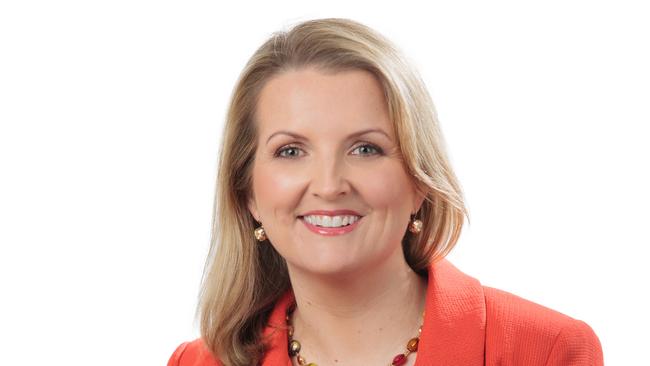Diversity matters in decision making
When power is concentrated in the hands of a few people who all think the same way, an organisation opens itself up to failures, groupthink and poor decision processes.

Developing the next generation of leaders is listed as the top issue for chief executives in global resources consultancy DDI’s CEO Challenges: Global Leadership Forecast 2018.
Leaders increasingly are being asked to grapple with complex problems for which there is no one right answer.
They need to balance internal and external pressures and stakeholder needs, in an environment that is changing constantly. Consequently, effective leadership development requires a focus on encouraging leaders to think differently, to challenge prevailing norms and to be comfortable not having all the answers.
But many leadership development programs still focus on teaching new skills, abilities and behaviour rather than looking at how leaders think, process information, make decisions and influence those around them. Understanding how a leader thinks, influences and uses power is critical.
A 2010 study by the University of Southern California and London Business School (Power and Overconfident Decision-Making) found a correlation between overconfidence and power. The more power a person feels, the more confident they are of the accuracy of their thoughts and beliefs. This means people in powerful positions are more confident that their opinions are right.
For leaders who are being charged with solving complex problems and making difficult decisions, being overly confident may result in poor decision-making as they fail to heed advice or look for alternative opinions.
When power is concentrated in the hands of a few people who all think the same way, an organisation more readily opens itself up to failures, groupthink and poor decision processes.
Humans are tribal creatures who like to fit in and be part of the pack. This can create a pressure to conform that stifles questions and inhibits challenging the status quo.
This is likelier to happen in homogeneous groups, which is why involving a diverse range of people is an essential element of effective decision-making.
Research by Katherine Phillips, associate professor of management and organisations at the Kellogg School of Management, found diverse teams often made better decisions as they ensured different views were considered.
The research showed that the better decisions were not the result of new ideas but, rather, diversity among the management group caused more careful information processing than in the homogeneous groups. Leaders must be encouraged to see influence not as self-serving but as a tool that can help to equalise and share power, and therefore ensure diverse voices are heard.
When a leader is comfortable influencing in this way they are able to express ideas confidently, embrace big thinking and step into difficult discussions without holding on to the notion that they have to win the argument.
They also are more willing to surround themselves with people who are comfortable speaking up, to question and to challenge assumptions.
In doing this, they create an environment that encourages debate, views dissent and doubt as a useful precursor to effective decision-making, and helps to ensure leaders don’t become complacent, arrogant and out of touch.
The reminder for leaders: when they see themselves as the smartest person in the room, it’s time to find another room.
Michelle Gibbings is a change leadership and career consultant and author of Career Leap.


